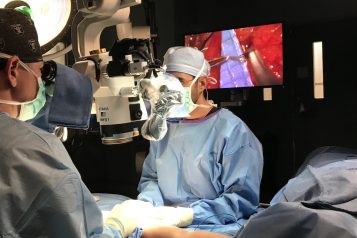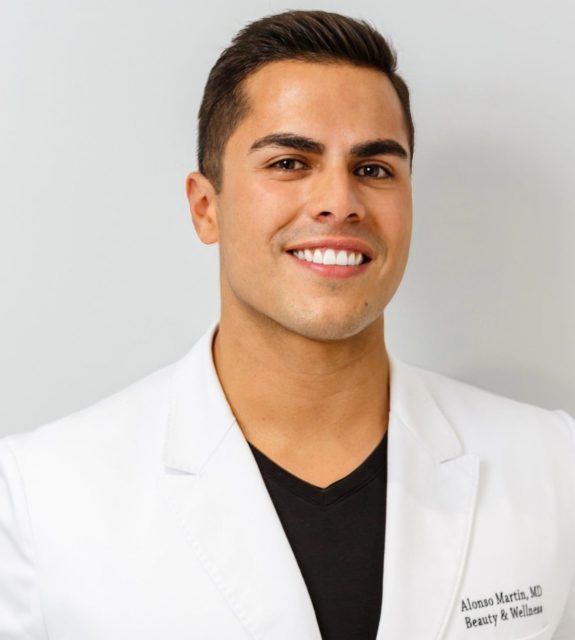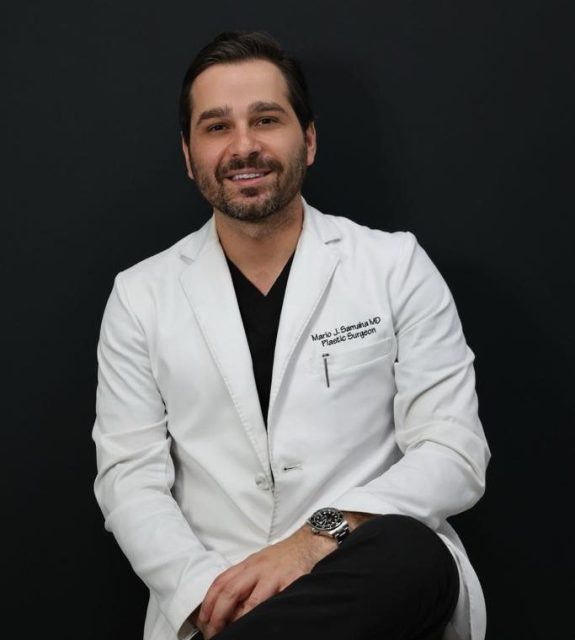Bobby Awadalla, MD is a well-respected board-certified dermatologist and Mohs micrographic surgeon. He brings his extensive knowledge of dermatology and state-of-the-art expertise in skin cancer removal, facial plastic reconstruction and cosmetic dermatology to help his patients in his medical practice. Dr. Awadalla is also active in research and has authored numerous articles in the field of dermatology as well as seven books in the Skincredible series. His expertise in this field has led to him become a sought-out speaker at medical conferences. Haute Beauty sits down with Dr. Bobby Awadalla to learn more about Mohs Surgery the most successful way to treat skin cancer.
HB: What is Mohs Surgery?
I am a fellowship-trained Mohs skin cancer surgeon and a fellow of the prestigious American College of Mohs Surgery. Mohs micrographic surgery is the most advanced and effective treatment for the removal of skin cancers. It has the highest cure while leaving the surrounding healthy tissue intact.
HB: How does Mohs Surgery work?
First, the type of skin cancer is confirmed by the biopsy report and then a photograph taken at the time of biopsy verifies the location. The skin cancer is then appropriately marked, the area is numbed and the involved tissue with a small margin is removed. The tissue is sent to the onsite lab where it is processed and placed on slides. The Mohs surgeon will then look at the slides under the microscope to ensure that all the skin cancer was removed. If the margins are positive for skin cancer the Mohs surgeon will go back to the specific location that the tumor was present and will remove only that area. The tissue is then processed again and viewed under the microscope. This will continue until the margins are clear. At that point, a decision will be made if the wound will heal on it own or a closure with stitches will be performed.
View this post on Instagram
HB: Who is the best candidate for this procedure?
Anyone who has a qualifying type of skin cancer can get the procedure performed.
HB: How does this treatment compare to others of the same nature?
This conservative procedure removes cancerous cells while preserving the health and beauty of the surrounding tissue. The tissue processing unique to Mohs surgery is conducted in a way that allows your physician to view 100 percent of a lesion's margins. The excised tissue is immediately evaluated under a high-powered microscope. The cure rate with Mohs surgery is 99 percent for most new skin cancer diagnoses and up to 95 percent for recurring cancers.
HB: What does recovery look like?
Recovery depends on how the would is going to heal. If it is left to heal without stitches the healing process can take 2-8 weeks depending on the size and location. If the wound is stitched, then the stitches will be removed in approximates 1-2 weeks and the wound is adequately healed.
For more information, visit Bobby Awadalla, MD's social media:
























